Paul Jean Clays (1817-1900) Fishing boats in the North Sea oil on mahogany panel circa 1864
With his palette of colors and his technique, Paul Jean Clays offers us a magnificent painting. We are in the scene and witness as if in real life, the life of the fishing boats certainly in the North Sea in the middle of the 19th century. A sky that would like to show off its beautiful blue hue, but is darkened by clouds, the color and transparency of the sea are affected by this changing sky, suggesting that a strong breeze has set in.
In this atmosphere, the sailors on the water or the boat are getting ready for an imminent departure.
A beautiful painting, somewhere between a genre scene and a landscape, in very good condition, signed lower right by Paul Jean Clays and set in a fine carved and gilded wooden frame.
Paul Jean Clays knows how to give his seascapes harmony and grandeur. A sort of penetrating melancholy envelops all his works. The artist is more than a virtuoso, he is a contemplator, a man who feels moved by the presence of Nature, so beautiful, so imposing, so difficult to translate, that even the most convinced hesitate before attempting it.
Eugène Montrosier, Les Artistes Modernes: Peintres de Genre, Paris, Librairie Ch. Tallandier, page 39.
Paul Jean Clays is Flemish in the way he paints. In his choice of landscapes, he is closer to the Dutch painters.
He does not paint the sea, but the Scheldt where it widens, and these light grey waters. With a proud sense of these things, he expresses in the flat calm, in the heavy weather, the humidity of the skies of West Flanders, the sleep of the calmed water, or the caress, sometimes threatening, of the breeze that rustles small worried waves around the Koffs loaded to the brim. In Paul Jean Clays, water has found a painter of marvelous accuracy; he gives it movement, clarity, and life; and, with a happy talent, he knows the places where the sun's rays cross it to fill it with light.
Sizes with frame: H 18.48 In. - W 15.94 In.
Sizes unframed: H 26.77 In. - W 22.83 In.
The curators of many museums around the world collect the paintings of this excellent Belgian painter.
Biography:
Paul Jean Clays, painter of Belgian nationality, was born in Bruges on November 20, 1817, or 1819, and died in Schaerbeek on February 9, 1900.
As a young man, attracted by the sea, he joined small boats as a ship's boy. He wanted to learn about estuaries and the sea.
His eyes were quickly formed, and he grasped the colors that the water takes as the hours passed.
He studied in Paris with Charles Suisse and Theodore Gudin.
Paul Jean Clays was one of the first to refute the conventions of the Academy and a whole generation followed him. He was also one of the first to pave the way for realism and to shake, in the minds of his contemporaries, the absurd dogma of the hierarchy of genres.
"His paintings are all distinguished by the freshness of appearance, the charm of tone, the transparent softness, and the calmness of their expression. Blue, reddish-brown, and yellowish-white are the three dominant ranges. It is with these unique forces that the artist combines a shimmering harmony with an effect all the more attractive because the qualities of magnificent, smooth, supple, and brilliant workmanship contribute largely to enhance its brilliance." Such is the admiring testimony of Edmond-Louis de Taye, professor of art history at the Academy of Fine Arts in Antwerp.
For the record, the municipality of Schaerbeek has named one of its streets Avenue Clays.
Bibliography:
Eugène de Sevn, Dictionnaire biographique des sciences, des lettres et des arts en Belgique, Ed. L’Avenir, Bruxelles, 1935.
Eugène Montrosier, Les Artistes Modernes : Peintres de Genre, Paris, Librairie Ch. Tallandier.
Lexique des peintres romantiques belges, Anvers : International Art Press, 1981.
Dictionary of Sea Painters, E.H.H. Archibald.
Museums:
Musées de Beaux-Arts, Antwerpen; Musée Royaux des Beaux-Arts de Belgique, Brussels; Leicester Museum and Art Gallery; Graves Art Gallery, Sheffield; The Metropolitan Museum, New York; The National Gallery, London; Musée Royal de l’Armée Paris.



























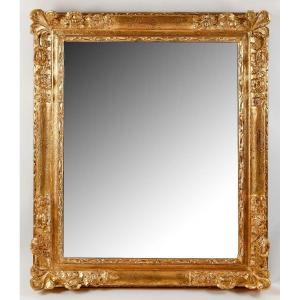
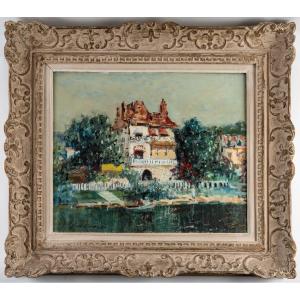



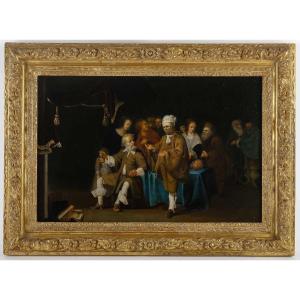
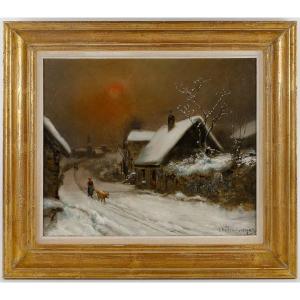

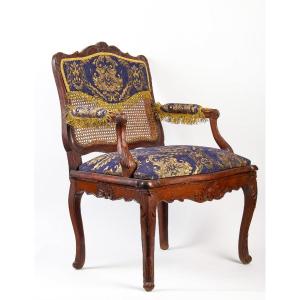





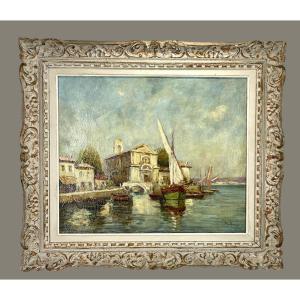
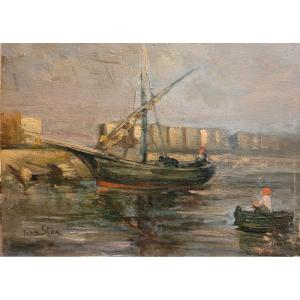
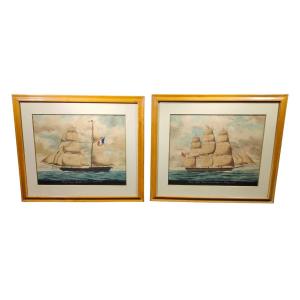




 Le Magazine de PROANTIC
Le Magazine de PROANTIC TRÉSORS Magazine
TRÉSORS Magazine Rivista Artiquariato
Rivista Artiquariato